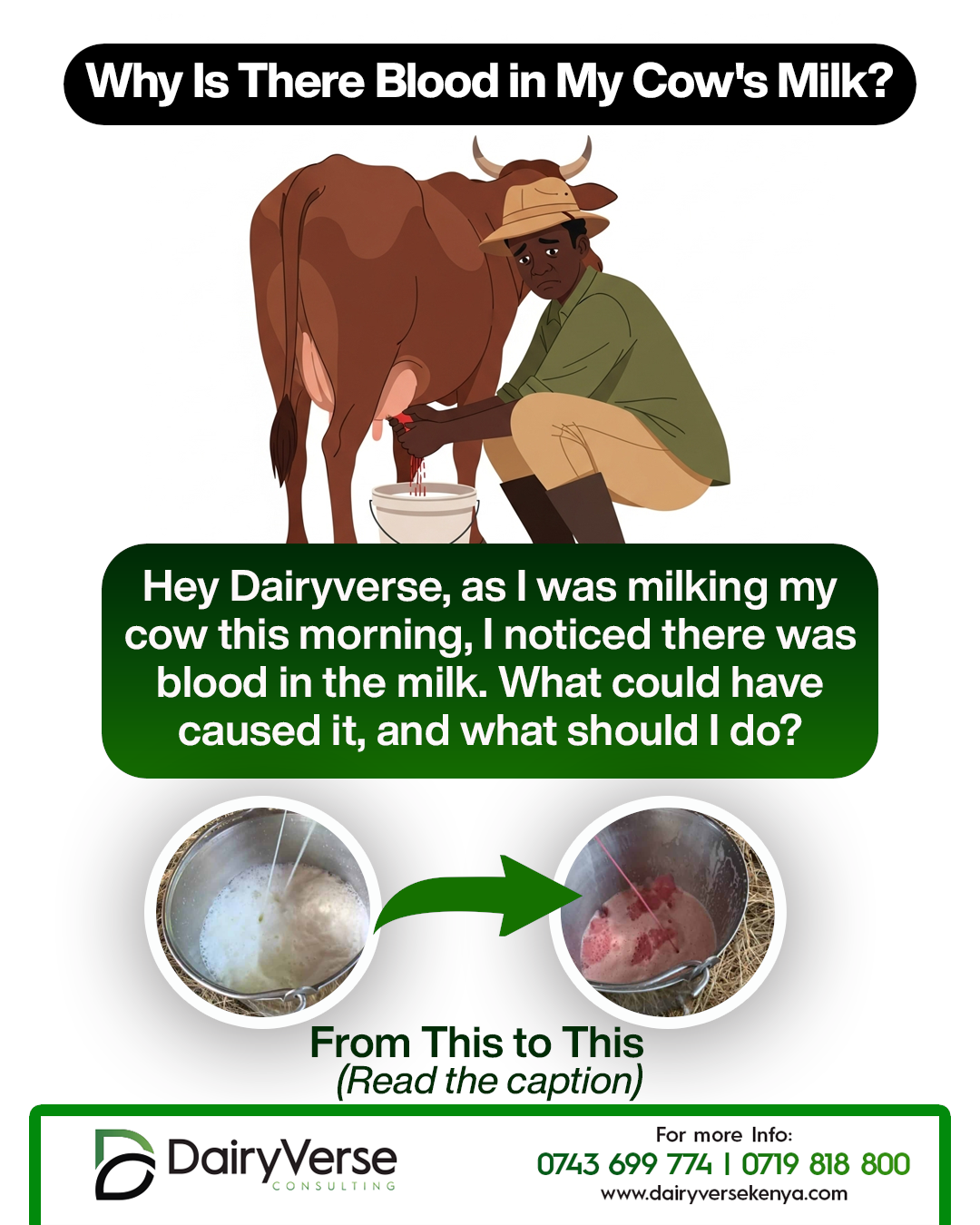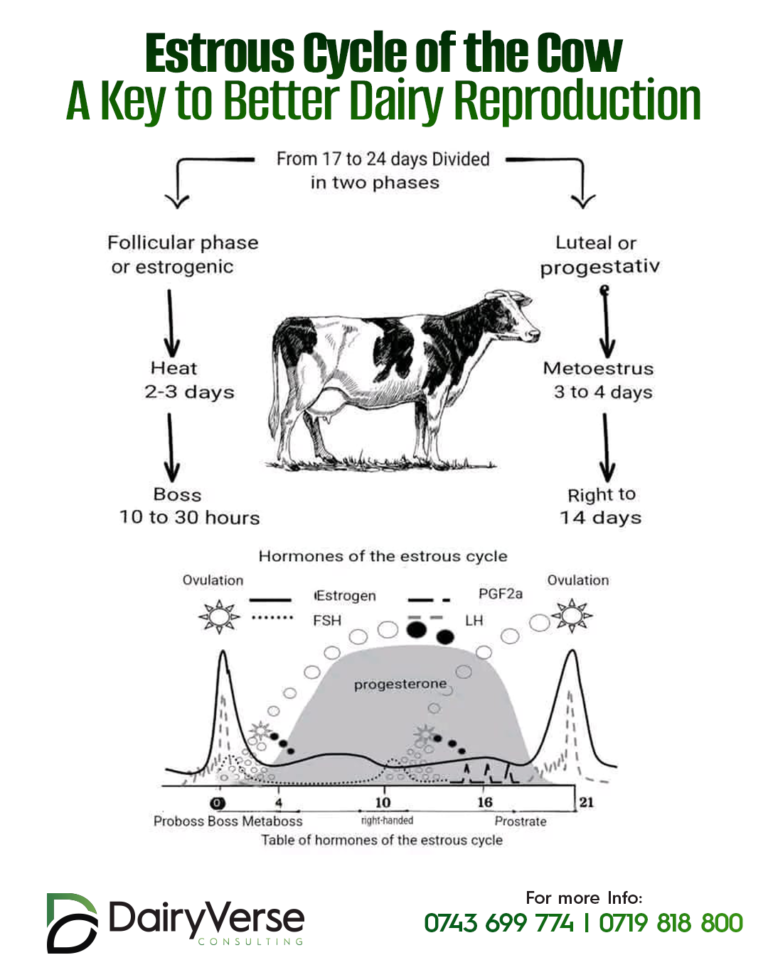Blood in Cow Milk? Here’s What Every Dairy Farmer Should Know.
At Dairyverse, we know how worrying it is to spot blood in your cow’s milk — especially when you’re doing everything right. But take a deep breath. This issue is more common than you think, and the cause is often manageable when addressed early.
Let’s walk through the causes, what to do, and how to prevent it from happening again.
🔍 What Causes Blood in Cow Milk?
1. Udder Trauma (The Silent Injury)
One of the most common causes. When a cow hits her udder — maybe she was kicked by another animal, lay awkwardly, or bumped against a structure — small blood vessels inside the udder can rupture. This leads to reddish or pinkish milk, especially in one quarter.
2. Mastitis (The Invisible War)
Mastitis is an infection of the udder tissue. In some cases — especially hemorrhagic mastitis — blood leaks into the milk due to inflammation and broken blood vessels. Signs include:
- Hot or swollen udder
- Milk clots or flakes
- Reduced yield
- Cow appearing dull or uncomfortable
3. First-Time Heifers
It’s common for freshly calved cows to have small traces of blood in their first milk. This is due to the stress on blood vessels as the udder adjusts to milk production.
4. Rough or Faulty Milking
Improper hand milking or poorly adjusted machines can tug the teats harshly, damaging internal capillaries. This can lead to bleeding — especially in high-producing cows.
5. Nutritional Deficiencies
A lack of key nutrients like Vitamin C, Vitamin K, or Copper can weaken blood vessels. Stress or poor feeding post-calving amplifies this.
6. Udder Conditions Like Hematoma or Tumors
In rare cases, internal growths or cysts in the udder could rupture, causing blood in milk. A vet should assess such cases immediately.
🛠️ What You Should Do Immediately
Step 1: Don’t Panic. Isolate the Milk.
Do not mix it with clean milk. It may not be fit for sale or consumption.
Step 2: Check the Udder
Feel each quarter. Look for heat, swelling, injury, or blood clots. A warm, painful quarter points to mastitis.
Step 3: Call a Vet If…
- Blood persists for more than 2–3 days
- The udder is unusually hard or leaking pus
- The cow has a fever or appears dull
Step 4: Improve Milking Practices
Ensure your machines are working well. Avoid rough milking — even by hand. Teach farmhands proper techniques.
Step 5: Use Nutritional Support Products

Like Booster+® and Tranzpro to help cows recover faster and maintain a healthy udder.







